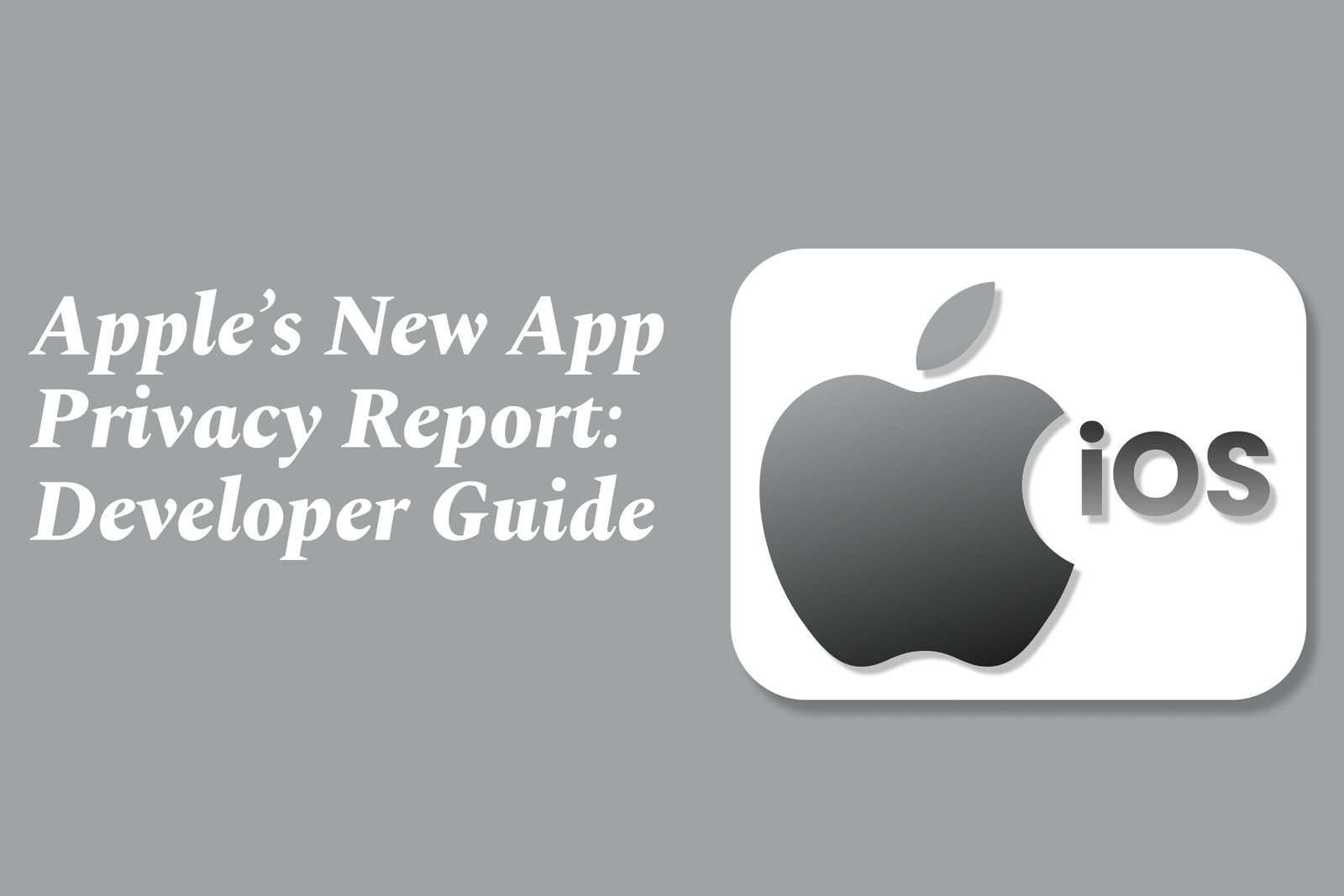Apple?S New App Privacy Report: Developer Guide
Apple’s new App Privacy Report provides developers with detailed insights into how their apps access sensitive data and interact with third-party domains, helping them monitor privacy practices, ensure compliance with Apple’s policies, and build more transparent, user-trusted apps.
Apple’s New App Privacy Report: Developer Guide
1 ) Introduction to Apple’s App Privacy Report
Apple has introduced a new App Privacy Report designed to enhance transparency and user trust by detailing how apps access sensitive data such as location, photos, camera, microphone, and contacts. This report allows developers to understand and manage the privacy footprint of their applications effectively.
2 ) Purpose and Benefits for Developers
The report helps developers gain insights into the permissions their app requests and how those permissions are used. It encourages developers to audit their apps' data usage to align with Apple’s privacy policies and user expectations, potentially leading to better app review outcomes and increased user confidence.
3 ) Key Features of the App Privacy Report
Detailed logs of app activity related to privacy sensitive APIs.
Visibility into third party domains contacted by the app.
Identification of any background data access or unexpected information usage.
4 ) Best Practices for Developers
Regularly review the App Privacy Report to identify unintended data access.
Minimize requests for sensitive permissions only to necessary functions.
Provide clear disclosures about privacy practices within the app.
Monitor third party services integrated within the app for compliance.
5 ) Incorporating Privacy by Design
The guide emphasizes embedding privacy considerations into the app development lifecycle. Developers should design apps that limit data collection, use secure communication methods, and respect user preferences on data sharing and privacy.
6 ) Aligning with Apple’s Privacy Policies
Adherence to Apple’s guidelines reduces the risk of app rejection during the review process. Developers are encouraged to stay updated with policy changes and utilize the App Privacy Report as a tool to ensure compliance.
7 ) Conclusion
Apple’s App Privacy Report empowers developers with the information needed to build more privacy conscious apps. Utilizing this tool effectively can enhance user trust, meet regulatory requirements, and help ensure successful app deployment on Apple platforms.
https://justacademy.in/news-detail/android-community-app-developer-stories
https://justacademy.in/news-detail/app-clips-in-ios-19:-new-use-cases-for-developers
https://justacademy.in/news-detail/react-native-expo-sdk-updates-announced
https://justacademy.in/news-detail/flutterflow-and-low-code-revolution-in-2025
https://justacademy.in/news-detail/flutter-accessibility-updates-2025
Related Posts
Java supports GDPR and data privacy by enabling secure data handling through encryption, controlled access, and precise data management. It allows developers to minimize PII exposure, ensure data confidentiality, and design workflows that comply with data protection regulations effectively.
Java code quality tools have evolved to include advanced static analysis, integrated security checks, and AI-powered code reviews. These updates help developers detect bugs, enforce coding standards, and enhance security, streamlining the development process and improving overall code reliability.
Java remains a cornerstone in big tech companies, evolving with modern features like records, pattern matching, and virtual threads. Its robust ecosystem, enhanced performance, and growing AI integrations keep it vital for both legacy systems and innovative new projects.
Java and CI/CD pipeline optimizations streamline Java application development by automating builds, tests, and deployments. They improve efficiency through parallelization, caching, and secure secrets management, enabling faster feedback loops and more reliable, scalable software delivery.
Java supports modern cryptography standards through its flexible Java Cryptography Architecture (JCA), enabling integration of advanced algorithms like AES, EdDSA, and post-quantum tools. Libraries like Bouncy Castle offer FIPS-certified, hardware-accelerated implementations for secure development.
Java 23 enhances record patterns by enabling concise, direct destructuring of record components within pattern matching, simplifying type checks and data extraction. This improvement boosts code readability and expressiveness by reducing boilerplate in handling immutable data classes.
Java remains a top choice for mobile app backends, powering scalable, secure, and high-performance server-side solutions. Latest trends include cloud-native microservices, reactive programming, and enhanced JVM optimizations, enabling efficient, flexible, and robust mobile backend development.
Java SE 24 and LTS Java SE 21 offer enhanced features and performance, while Apache Spark 4.0.0 introduces Scala 2.13 support and advanced ML and SQL capabilities. Together, they empower developers to build scalable, high-performance data applications with modern tools.
JUnit 5 modernizes Java testing with a modular architecture, improved assertions, and seamless Java 8+ support. Beyond JUnit, tools like Mockito and AssertJ enhance mocking and assertions, creating a powerful, flexible ecosystem for writing clean, efficient Java unit tests.
Java plays a pivotal role in cloud automation tools by providing a robust, platform-independent language used to build scalable automation frameworks like Jenkins and Selenium, enabling efficient CI/CD pipelines, testing, and orchestration across diverse cloud environments.










